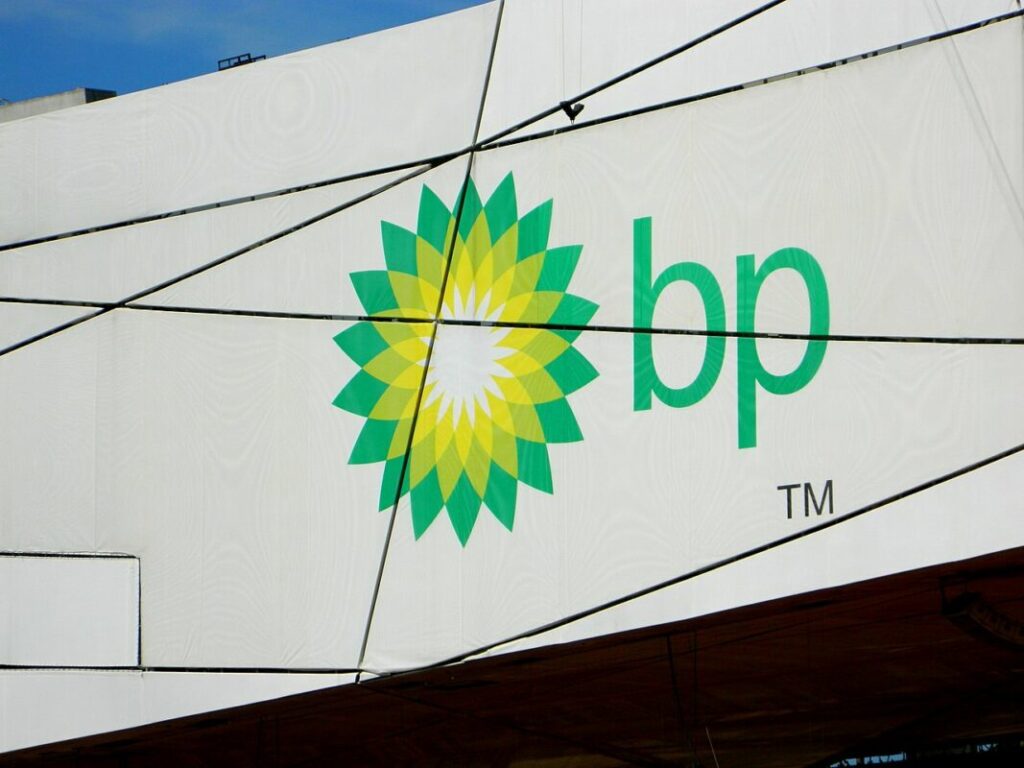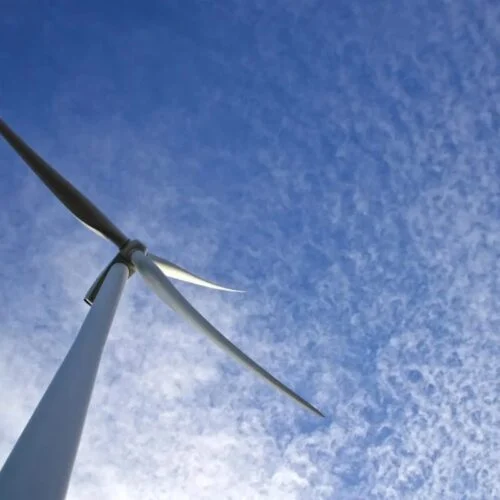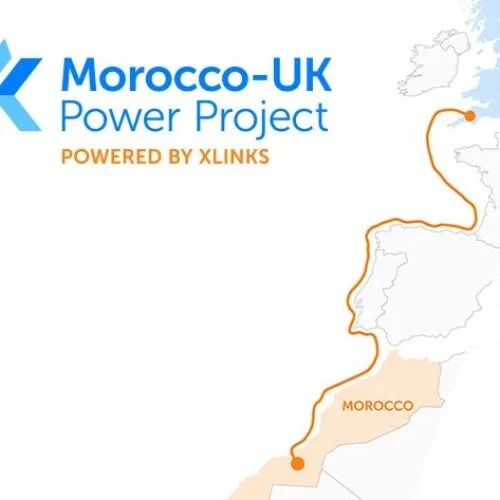British-headquartered oil and gas major bp has agreed an offshore wind joint venture with Japanese energy company JERA.
The standalone, 50/50 joint venture will be called JERA Nex bp and both operate and develop assets with a 13GW potential net generating capacity. JERA will contribute its operational wind power plants, with roughly 1GW capacity and both companies’ projects in development will also come under the new venture’s remit.
Although framed as a positive for offshore wind development, it means bp is in effect separating off its wind development activities, and the low margins they have.
Bp’s offhore wind pipeline sits around 10GW, with offshore wind developments set for the Irish Sea and North Sea.
According to the companies, JERA Nex bp will accelerate development of their joint pipeline and bolster access to financing. JERA and bp have agreed to provide capital funding for investments committed to before the end of 2030 of up to $5.8 billion (£4.5 billion). The joint venture is initially expected to focus on progressing existing projects in North-West Europe, Australia and Japan.
Yukio Kani, CEO of JERA said the offshore wind sector is at “an inflection point” and that the “transformative partnership” would be “a world-class offshore wind company, and in doing so, realise the potential of offshore wind globally, while positioning this business for long term success”.
JERA and bp have agreed a clear funding framework to underpin the new business, including leveraging asset revenues and accessing competitive financing itself, on top of proceeds from portfolio management. Auchincloss said the joint venture with JERA will form “a top five wind developer globally”.
“This will be a very strong vehicle to grow into an electrifying world, while maintaining a capital-light model for our shareholders.”
Oil and gas majors backtracking on renewable investments
In May of this year, bp announced its Q1 earnings had fallen short of the forecasted £2.3 billion, coming to £2.1 billion. Bp promised to trim its costs by $2 billion (£1.59 billion) by the end of 2026 after missing its Q1 net income expectations.
Murray Auchincloss, who took up the role of CEO in January, said at the time: “We are simplifying and reducing complexity across bp and plan to deliver at least $2 billion of cash cost savings by the end of 2026 through high grading our portfolio, digital transformation, supply chain efficiencies and global capability hubs.”
The oil and gas major has faced backlash since announcing it would slash its 2030 emissions reduction target from 35-40% to 20%-30%, compared with 2019 levels, to focus on new oil and gas fields. In June, the company announced a hiring freeze and halted new offshore wind projects.
The news of the joint venture comes after reports that fellow oil and gas company Shell would backpedal its offshore wind development and focus on offtake contracts. As well as reneging on wind, Shell Energy will be split into two separate power generation and trading units (currently Shell Energy includes renewables, power generation and supply to customers).
Like bp, Shell scaled back its 2030 and 2035 emission reduction targets from a 20% reduction to 15-20% by 2030 and “retired” its emissions reduction targets of 45% by 2035.
Shell and Equinor recently announced an incorporated joint venture to set up an independent oil and gas company for the UK, intended to “sustain domestic oil and gas production and security of energy supply in the UK”.
The effort to maintain oil and gas production in the North Sea is, on a surface level and in combination with Shell’s scaled-back approach to renewables development, damaging to the net zero transition. However, it may indicate difficulties in the North Sea oil and gas industry too.
Due to the diminishing reserves available in the North Sea, UK oil and gas production has been lower than demand for roughly 20 years, and much of the North Sea’s output is exported. The two companies consolidating operations into one entity is potentially evidence that it’s getting harder to make money from fossil fuels.
Huge amounts of government funding, intended to incite further private investment, is going towards the development of offshore wind generation as the UK’s prime minister recently reiterated his stance on turning the nation into a “clean energy superpower”.
Keir Starmer has specified that the proposed Clean Industry Bonus will come with a provisional £27 million per GW of offshore wind projects. The government said that this means that if between 7GW and 8GW of offshore wind apply, the budget could go up to £200 million.






